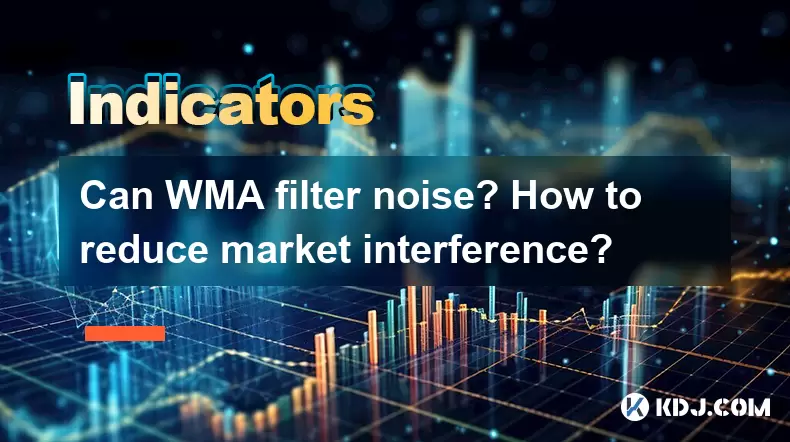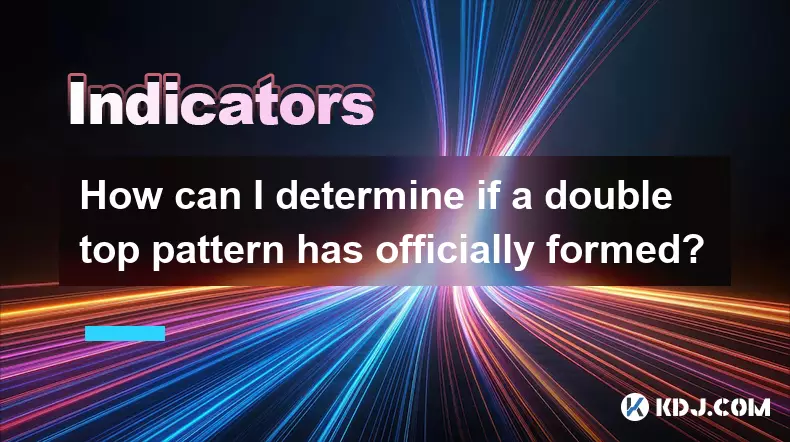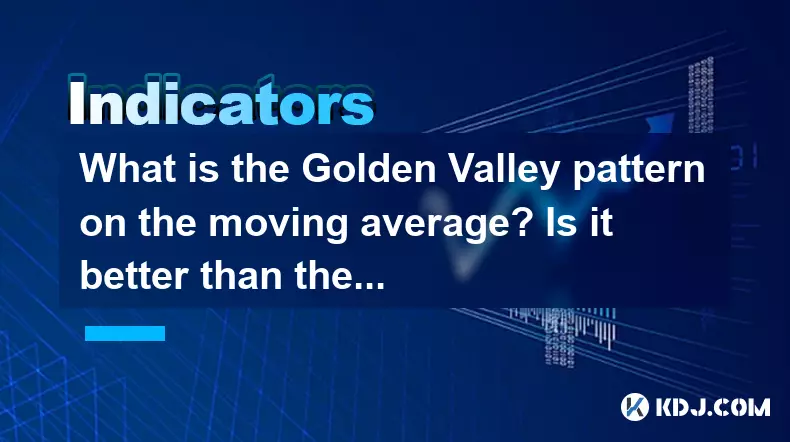-
 bitcoin
bitcoin $122288.232522 USD
0.16% -
 ethereum
ethereum $4480.662914 USD
-0.22% -
 xrp
xrp $2.962747 USD
-2.32% -
 tether
tether $1.000120 USD
-0.05% -
 bnb
bnb $1145.654223 USD
-2.07% -
 solana
solana $227.105217 USD
-1.67% -
 usd-coin
usd-coin $0.999548 USD
-0.02% -
 dogecoin
dogecoin $0.250875 USD
-2.04% -
 tron
tron $0.340654 USD
-0.49% -
 cardano
cardano $0.837968 USD
-2.52% -
 hyperliquid
hyperliquid $48.960449 USD
0.06% -
 chainlink
chainlink $22.049280 USD
-1.33% -
 ethena-usde
ethena-usde $1.000404 USD
0.02% -
 sui
sui $3.586212 USD
0.20% -
 avalanche
avalanche $29.894916 USD
-4.18%
Can WMA filter noise? How to reduce market interference?
WMA can help filter noise in crypto trading by smoothing price data, but its effectiveness varies with market conditions and chosen periods.
May 21, 2025 at 06:21 pm

Can WMA Filter Noise in Cryptocurrency Trading?
In the realm of cryptocurrency trading, noise refers to irrelevant or random data that can obscure the true signals from market trends. Weighted Moving Average (WMA) is a technical indicator used by traders to smooth out price data and help identify trends over time. The key question is whether WMA can effectively filter out this noise and assist traders in making more informed decisions.
WMA works by assigning more weight to recent data points, making it more responsive to new information than other moving averages like the Simple Moving Average (SMA). This characteristic can be particularly beneficial in the volatile cryptocurrency market, where quick reactions to price changes are often necessary. By giving more importance to recent prices, WMA can potentially filter out short-term fluctuations and highlight more significant trends.
However, the effectiveness of WMA in filtering noise depends on various factors, including the chosen period for the moving average and the specific market conditions. A shorter period WMA will be more sensitive to price changes and might not filter out noise as effectively as a longer period WMA. Conversely, a longer period WMA might smooth out too much data, potentially missing out on important short-term trends.
How to Set Up WMA in Trading Platforms
To use WMA in your cryptocurrency trading strategy, you need to set it up on your trading platform. Here's a step-by-step guide on how to do this using a popular platform like TradingView:
- Open TradingView: Log into your TradingView account and navigate to the chart of the cryptocurrency you want to analyze.
- Add WMA Indicator: Click on the 'Indicators' button, search for 'Weighted Moving Average,' and select it.
- Adjust Settings: In the settings panel, you can adjust the period of the WMA. For example, setting it to 20 will calculate the WMA based on the last 20 periods.
- Apply and Analyze: Apply the WMA to your chart and analyze how it interacts with the price movements to identify trends and potential entry or exit points.
Combining WMA with Other Indicators to Reduce Market Interference
While WMA can be a useful tool for filtering noise, it is often more effective when combined with other technical indicators. Combining WMA with indicators like the Relative Strength Index (RSI) or the Moving Average Convergence Divergence (MACD) can provide a more comprehensive view of the market and help traders make more informed decisions.
For instance, using WMA in conjunction with RSI can help identify overbought or oversold conditions in the market. When the WMA indicates a trend and the RSI shows that the market is overbought or oversold, it can signal potential entry or exit points. Similarly, combining WMA with MACD can help confirm trend reversals and provide additional signals for trading.
Practical Example of Using WMA to Filter Noise
Let's consider a practical example of how WMA can be used to filter noise in the cryptocurrency market. Suppose you are analyzing the price movements of Bitcoin (BTC) and want to identify a long-term trend while filtering out short-term fluctuations.
- Set Up WMA: You decide to use a 50-period WMA on the daily chart of BTC/USD.
- Analyze the Chart: You observe that the WMA is trending upwards, indicating a bullish trend despite short-term price volatility.
- Identify Trading Opportunities: When the price of BTC dips below the WMA but the WMA continues to trend upwards, it could be a potential buying opportunity. Conversely, if the price rises above the WMA but the WMA starts to trend downwards, it might be a signal to sell.
Adjusting WMA Parameters for Different Market Conditions
The effectiveness of WMA in filtering noise can vary depending on the market conditions. In a highly volatile market, a shorter period WMA might be more appropriate to capture rapid price movements. In contrast, during periods of low volatility, a longer period WMA might be more effective in smoothing out the price data and identifying longer-term trends.
To adjust the WMA parameters for different market conditions, you need to monitor the market closely and experiment with different periods. For instance, during a bull run, you might find that a 20-period WMA provides a good balance between responsiveness and noise filtering. In a bear market, a 100-period WMA might be more suitable to filter out the noise and focus on longer-term trends.
Using WMA in Different Time Frames
WMA can be applied to different time frames, from intraday charts to weekly or monthly charts. The choice of time frame depends on your trading strategy and goals. For short-term traders, using WMA on intraday charts can help identify quick trading opportunities. For long-term investors, applying WMA on weekly or monthly charts can provide a clearer picture of the overall trend and help filter out daily noise.
When using WMA on different time frames, it's essential to understand that the indicator's sensitivity will vary. A WMA on an hourly chart will be more sensitive to price changes than a WMA on a daily chart. Therefore, you need to adjust the period of the WMA accordingly to achieve the desired level of noise filtering.
Frequently Asked Questions
Q: Can WMA be used effectively in all types of cryptocurrency markets?A: WMA can be used in various types of cryptocurrency markets, but its effectiveness depends on the market conditions and the chosen period. In highly volatile markets, a shorter period WMA might be more suitable, while in less volatile markets, a longer period WMA could be more effective.
Q: How does WMA compare to other moving averages like EMA and SMA?A: WMA assigns more weight to recent data points than SMA, making it more responsive to new information. Compared to Exponential Moving Average (EMA), WMA is less sensitive to recent changes but still more responsive than SMA. The choice between WMA, EMA, and SMA depends on your trading strategy and the level of noise filtering you need.
Q: Can WMA be used alone, or should it always be combined with other indicators?A: While WMA can be used alone to identify trends and filter noise, it is often more effective when combined with other indicators. Using WMA in conjunction with indicators like RSI or MACD can provide a more comprehensive view of the market and help confirm trading signals.
Q: How often should I adjust the WMA period to adapt to changing market conditions?A: The frequency of adjusting the WMA period depends on how quickly market conditions change. In a highly volatile market, you might need to adjust the WMA period more frequently to stay responsive to price movements. In more stable markets, adjustments might be less frequent. It's essential to monitor the market closely and experiment with different periods to find what works best for your trading strategy.
Disclaimer:info@kdj.com
The information provided is not trading advice. kdj.com does not assume any responsibility for any investments made based on the information provided in this article. Cryptocurrencies are highly volatile and it is highly recommended that you invest with caution after thorough research!
If you believe that the content used on this website infringes your copyright, please contact us immediately (info@kdj.com) and we will delete it promptly.
- BlockDAG, DOGE, HYPE Sponsorship: Crypto Trends Shaping 2025
- 2025-10-01 00:25:13
- Deutsche Börse and Circle: A StableCoin Adoption Powerhouse in Europe
- 2025-10-01 00:25:13
- BlockDAG's Presale Buzz: Is It the Crypto to Watch in October 2025?
- 2025-10-01 00:30:13
- Bitcoin, Crypto, and IQ: When Genius Meets Digital Gold?
- 2025-10-01 00:30:13
- Stablecoins, American Innovation, and Wallet Tokens: The Next Frontier
- 2025-10-01 00:35:12
- NBU, Coins, and Crypto in Ukraine: A New Yorker's Take
- 2025-10-01 00:45:14
Related knowledge

What is a tower bottom candlestick pattern? Does it have a high success rate?
Sep 22,2025 at 07:18am
Tower Bottom Candlestick Pattern Explained1. The tower bottom candlestick pattern is a reversal formation that typically appears at the end of a downt...

What is a black hole pattern in the MACD indicator? Is it a cause for concern?
Sep 21,2025 at 06:54pm
Bitcoin's Role in Decentralized Finance1. Bitcoin remains the cornerstone of decentralized finance, serving as a benchmark for value and security acro...

How can I use the psychological line (PSY) to determine market sentiment?
Sep 17,2025 at 02:19pm
Understanding the Psychological Line (PSY) in Cryptocurrency TradingThe Psychological Line, commonly referred to as PSY, is a momentum oscillator used...

How can I determine if a double top pattern has officially formed?
Sep 21,2025 at 03:18am
Understanding the Structure of a Double Top Pattern1. A double top pattern consists of two distinct peaks that reach approximately the same price leve...

What is the Golden Valley pattern on the moving average? Is it better than the Silver Valley pattern?
Sep 21,2025 at 02:54pm
Understanding the Golden Valley Pattern in Moving Averages1. The Golden Valley pattern is a technical formation observed in cryptocurrency price chart...

What does a death cross of the RSI in the strong zone (above 50) mean?
Sep 17,2025 at 10:54pm
Understanding the Death Cross in RSI Context1. The term 'death cross' is traditionally associated with moving averages, where a short-term average cro...

What is a tower bottom candlestick pattern? Does it have a high success rate?
Sep 22,2025 at 07:18am
Tower Bottom Candlestick Pattern Explained1. The tower bottom candlestick pattern is a reversal formation that typically appears at the end of a downt...

What is a black hole pattern in the MACD indicator? Is it a cause for concern?
Sep 21,2025 at 06:54pm
Bitcoin's Role in Decentralized Finance1. Bitcoin remains the cornerstone of decentralized finance, serving as a benchmark for value and security acro...

How can I use the psychological line (PSY) to determine market sentiment?
Sep 17,2025 at 02:19pm
Understanding the Psychological Line (PSY) in Cryptocurrency TradingThe Psychological Line, commonly referred to as PSY, is a momentum oscillator used...

How can I determine if a double top pattern has officially formed?
Sep 21,2025 at 03:18am
Understanding the Structure of a Double Top Pattern1. A double top pattern consists of two distinct peaks that reach approximately the same price leve...

What is the Golden Valley pattern on the moving average? Is it better than the Silver Valley pattern?
Sep 21,2025 at 02:54pm
Understanding the Golden Valley Pattern in Moving Averages1. The Golden Valley pattern is a technical formation observed in cryptocurrency price chart...

What does a death cross of the RSI in the strong zone (above 50) mean?
Sep 17,2025 at 10:54pm
Understanding the Death Cross in RSI Context1. The term 'death cross' is traditionally associated with moving averages, where a short-term average cro...
See all articles










































































